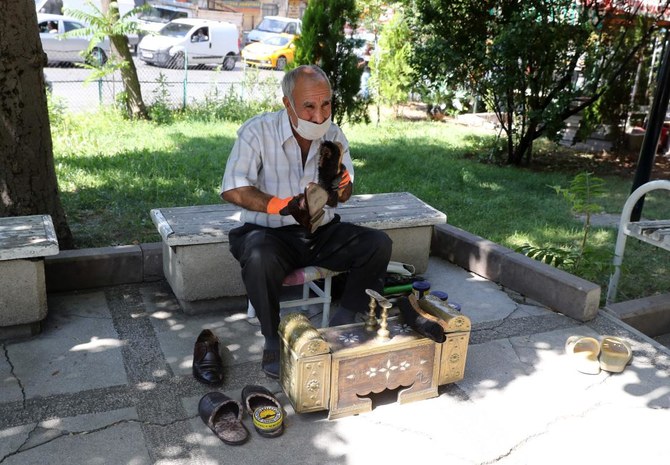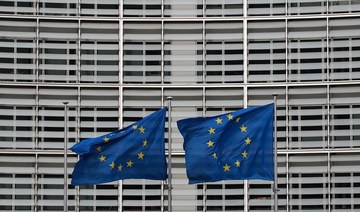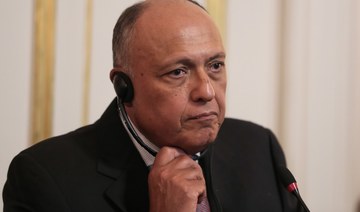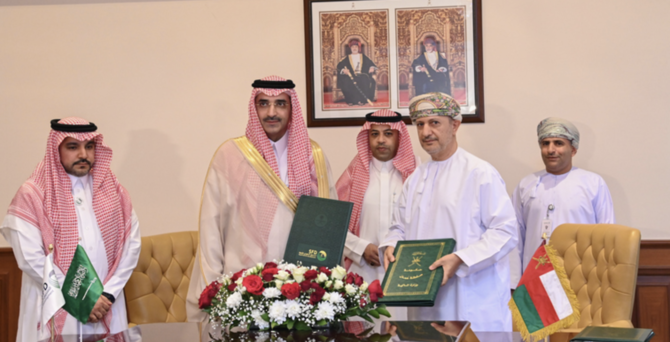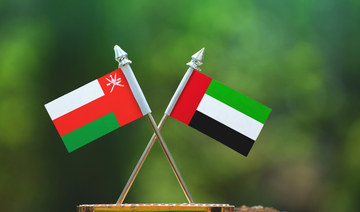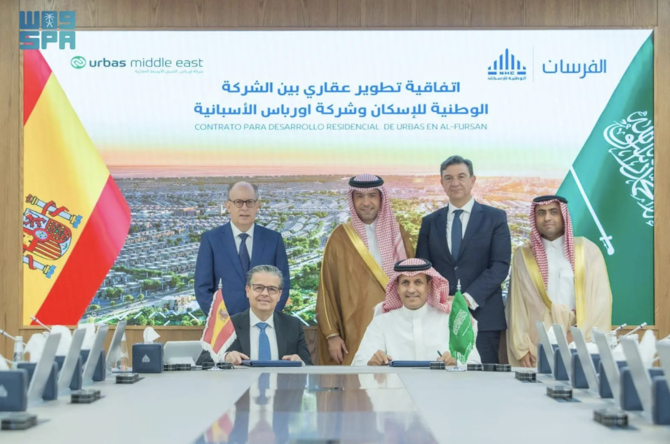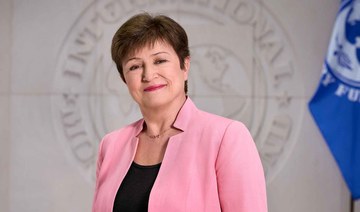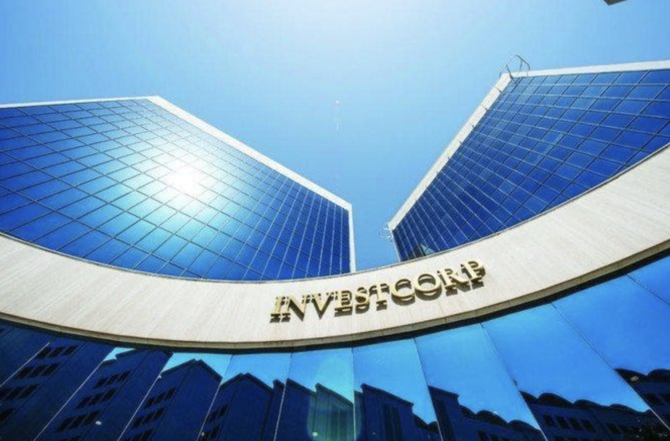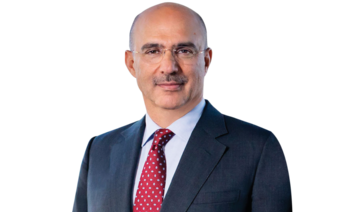ANKARA: The official number of jobless in Turkey has increased by 136,000 to 4.1 million, according to the latest official data announced by the Turkish Statistical Institute (TUIK) on Thursday.
Amid harsh pandemic conditions, the rate of unregistered employment of those working without any social security stood at 31.3 percent. Young unemployment stood at 26.1 percent, according to the official figures.
Turkey has one of the highest unemployment rates in Western Europe — the seasonally adjusted jobless rate rose to a record level of 14.3 percent at the end of June, with the employment rate falling by nearly 2 million people. Unemployment in Turkey is expected to skyrocket in the last quarter of 2020 once the months-long ban on layoffs is lifted with more and more companies announcing bankruptcy.
The COVID-19 pandemic, with about 1,600 cases just in the capital city Ankara, is further limiting companies’ investment and hiring plans.
Selva Demiralp, professor of economics at Koc University in Istanbul, thinks that what is most drastic about Thursday’s labor market data is the sharp decline in the labor force participation rate by 4 percentage points due to discouraged workers.
“By definition, you need to be actively looking for a job in order to be considered unemployed. When you simply lose hope and don’t actively search for a job anymore, you are no longer in the labor force. This is one important factor that suppresses the official unemployment rate,” she told Arab News.
According to Demiralp, since the unemployment rate is kept low due to the layoff ban, the current numbers are driven by unregistered workers who lost their jobs during the pandemic.
Thursday statistics revealed that 4.5 million people gave up searching for a job although they are entitled to work, and they are not considered as “jobless” under TUIK standards.
“The ban does not apply to unregistered workers,” Demiralp said, adding that there are additional challenges to a V-shaped recovery such as the risks of a second wave, inevitable tightening in financial markets which will limit accommodative policies, and the depreciation of the Turkish lira.
A V-shaped recovery means that the economy suffers a sharp economic decline and bounces back quickly to the pre-crisis situation.
“The potential for weak growth in the fourth quarter would unfortunately have a negative impact on the unemployment rate,” Demiralp said.
Oner Guncavdi, professor of economics at Istanbul Technical University, agrees.
“The percentage of people having lost hopes to be part of the labor force is increasing with an alarming rate. On the other hand, those who are working on temporary works, like project-based employees, constitute almost 40 percent of all jobless people, with about 1.8 million people. This segment of the labor force can lose their jobs suddenly,” he told Arab News.
The ruling Justice and Development Party (AKP) was expected to announce its new economic program in September but as there is still no specified date for the announcement, private companies remain prudent in their employment decisions because they cannot see ahead.
“There is no hope for the fourth quarter. As no governmental plan has been announced yet, the companies cannot take corporate decisions. I expect more companies to go bankrupt in the near future, which will further increase the unemployment rates especially after the ban on layoffs is lifted. The Turkish private sector desperately needs more financial resources,” Guncavdi said.
Experts agree that the Turkish economy, and employment specifically, is not looking promising in the near future.
Dr. Ilhan Dogus, a researcher specializing in macroeconomics, said that the higher rate of youth unemployment sharpened the negative impact of unemployment on demand, as young people had a higher propensity to consume.
“A decline in consumption expenditures due to the increased youth unemployment may trigger additional layoffs in the near future, especially if we think of the weak unemployment benefits in Turkey,” he told Arab News.
Under the anti-coronavirus economic package, the Turkish government has been paying some 2.4 million workers since mid-March under a short-term employment scheme to alleviate the burden on companies, but this is another drain on the Treasury’s resources.
According to Dogus, the higher number of unregistered workers limits the government’s ability to control the economy, especially to generate direct tax revenues that would be used to finance government expenditures to stimulate the economy.
“Hence the government relies mainly on indirect taxes, and those accelerate inflation in Turkey. And because of such a tax revenue composition, non-inflationary and employment-friendly fiscal policies are not easily applicable in Turkey,” he said.




